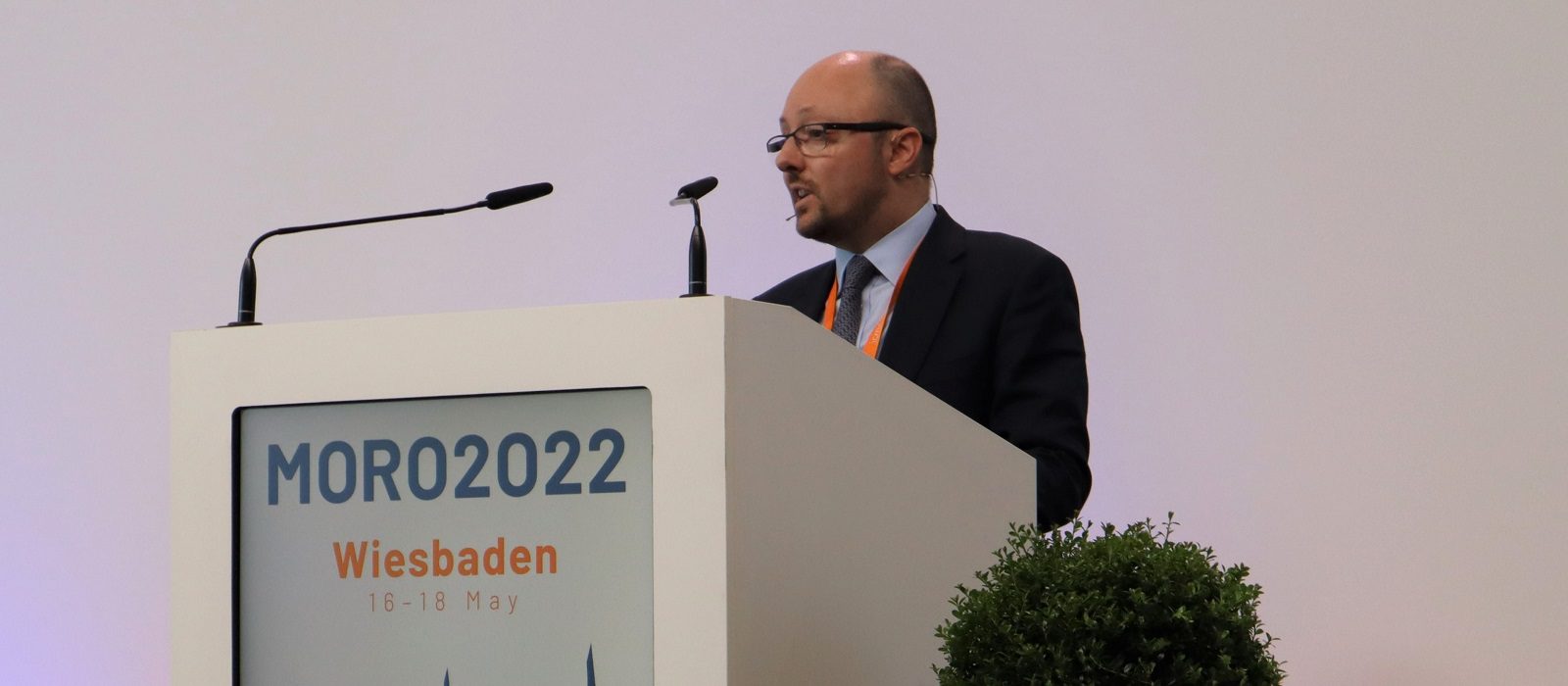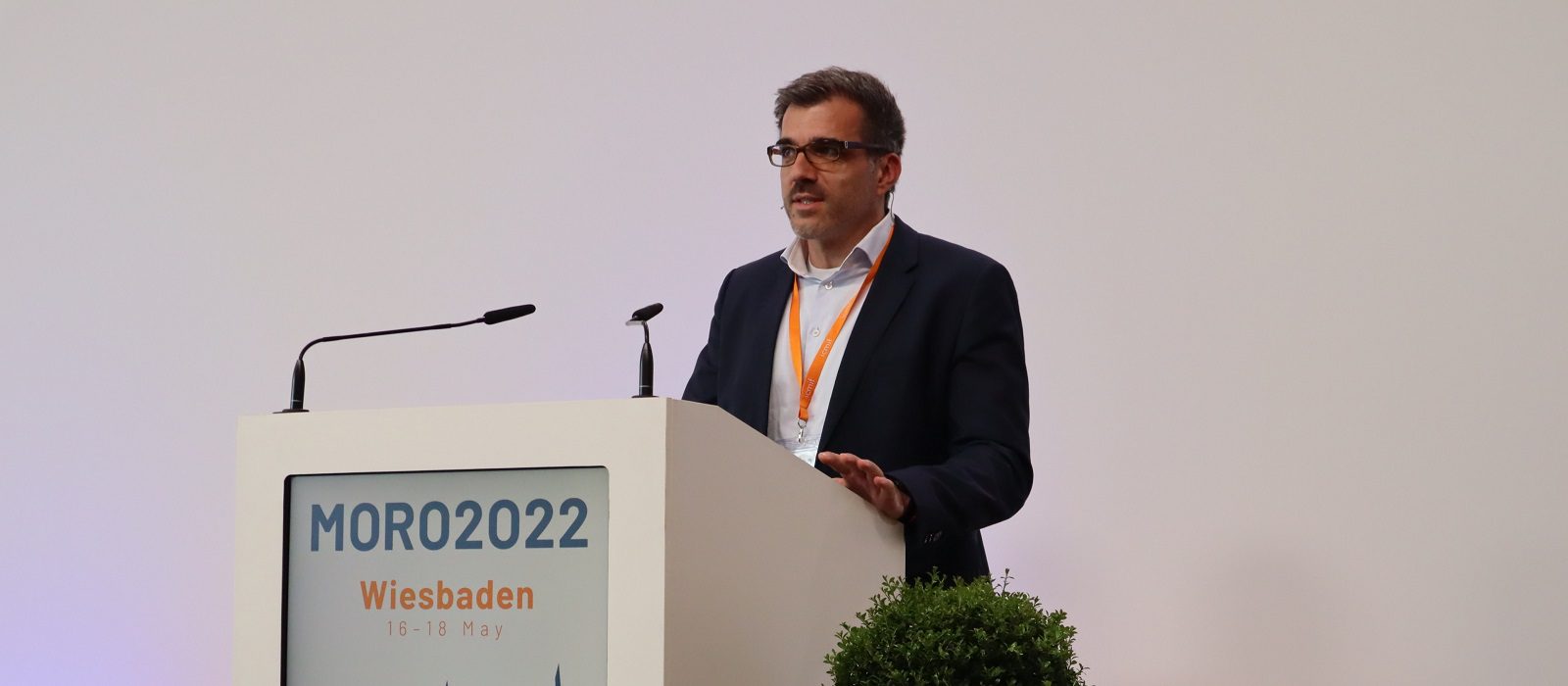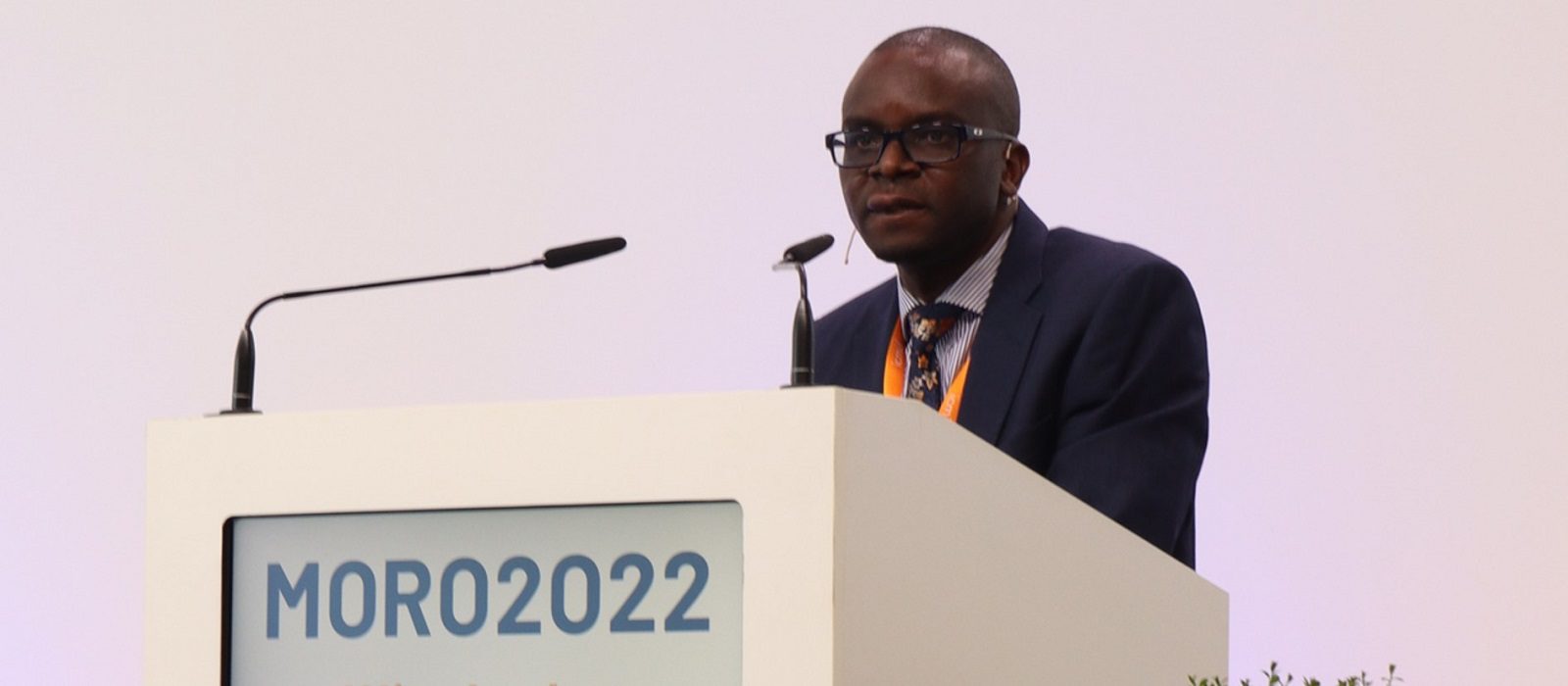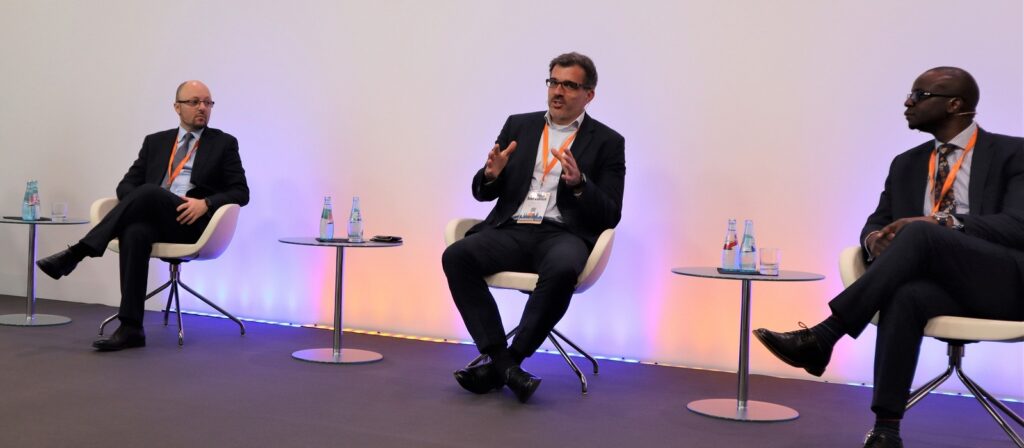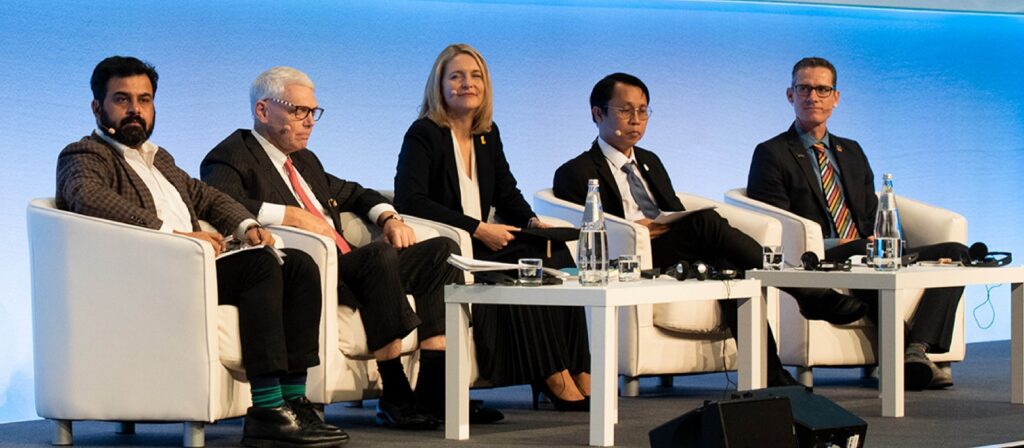As global climate change is accelerating, the (re)insurance industry must play a role in building resilience in wider society. Climate change poses an existential threat that the (re)insurance industry needs to respond to. However, the current situation provides opportunities for growth for (re)insurers, but non-traditional ways of doing business may need to be embraced to ensure future success.
Climate change science is currently focused on the regional impact of climate change, there are some net winners and some net losers. For the insurance industry, the big question is what natural perils have the most impact and what is the level of confidence in certainty of projection.
The risks that climate change brings were presented as the following three pillars below. The insurance industry is impacted by all three pillars: physical, transition and liability risk.
The push for climate change adaptation is bringing investment opportunities and the insurance industry is well placed to leverage this e.g. risk transfer products and analytics.
Climate change is a major contributing factor to the increasing insurance protection gap due to increased severity and frequency of perils, as is unequitable wealth creation.
Regulators worldwide are requesting more transparency from the insurance industry on how they are managing climate change risk.
Climate change provides an opportunity for the insurance industry to clarify its position in society and reposition itself in the financial system. It needs to be seen as part of the solution (not the problem) in a post-loss environment, collaborating with others. Mutuals can be looked at as a source of inspiration for this.
Parametric risk transfer is intended to be complementary to tradition risk transfer, not a replacement. It is intended for risks that cannot be insured using traditional methods to grow the risk transfer space e.g. cyclone, flood, wildfire, air pollution.
The main difference between traditional risk transfer and parametric risk transfer is how the pay-out is determined. With parametric risk transfer, an index is involved e.g. for wind speed if the policy covers hurricanes. The policy will state which windspeed conditions will trigger a pay-out. Only if the stated wind speeds are hit will a pay-out be triggered – there are no loss-adjustments involved.
The main advantages of parametric coverage are: transparency of cover; fast pay-out; coverage of some traditionally uninsurable risks; avoidance of adverse risk selection; no moral hazards; and instant emergency cash can be used to cover immediate expenses (non-physical).
To place a parametric risk transfer successfully and sustainably, a number of prerequisites need to be met. The main prerequisite is having suitable data sets available about the peril to create the index. A well-defined index is critical to the sustainability of any parametric product: to minimise the base risk; and establish reliability and transparency.
One example of a macro-level parametric solution is The African Risk Capacity (ARC), a sovereign risk pool established in response to Africa’s increasing frequency and severity of natural disasters to help African governments improve their capacities to better plan, prepare, and respond to natural disasters triggered by extreme weather events.
Operating at the macro level, ARC Limited is a mutual insurance facility providing parametric risk transfer services to African countries through risk pooling and access to reinsurance markets. Along with its partners, which provide premium support, the insurer has already paid out close to USD 120 million so far, providing drought relief and address the economic concerns these countries’ most vulnerable citizens face.
There is a 97% protection gap in Africa when a natural disaster occurs. To reduce this, micro-level products will need to play a big part, alongside meso- and macro index insurance products. Multiple partners will also need to be involved, not just governments.
There are strong growth targets for the next five years based on the significant opportunities that exist in the market to leverage One ARC to cover 150 million Africans. This would require growing into a USD 100m insurer that better builds the resilience of the most vulnerable people in Africa.
Session speakers:
-
- Alex Ntelekos, Regional Director, Head of Public-Private Solutions, EMEA, Gallagher Re (UK)
- Philipp Servatius, Public Sector Solutions, Swiss Re (Switzerland)
- Malvern Chirume, Chief Underwriting Officer, ARC Limited (South Africa)
- Luc Boghe, General Manager, Reinsurance, QBE Re Europe (Belgium) moderator
